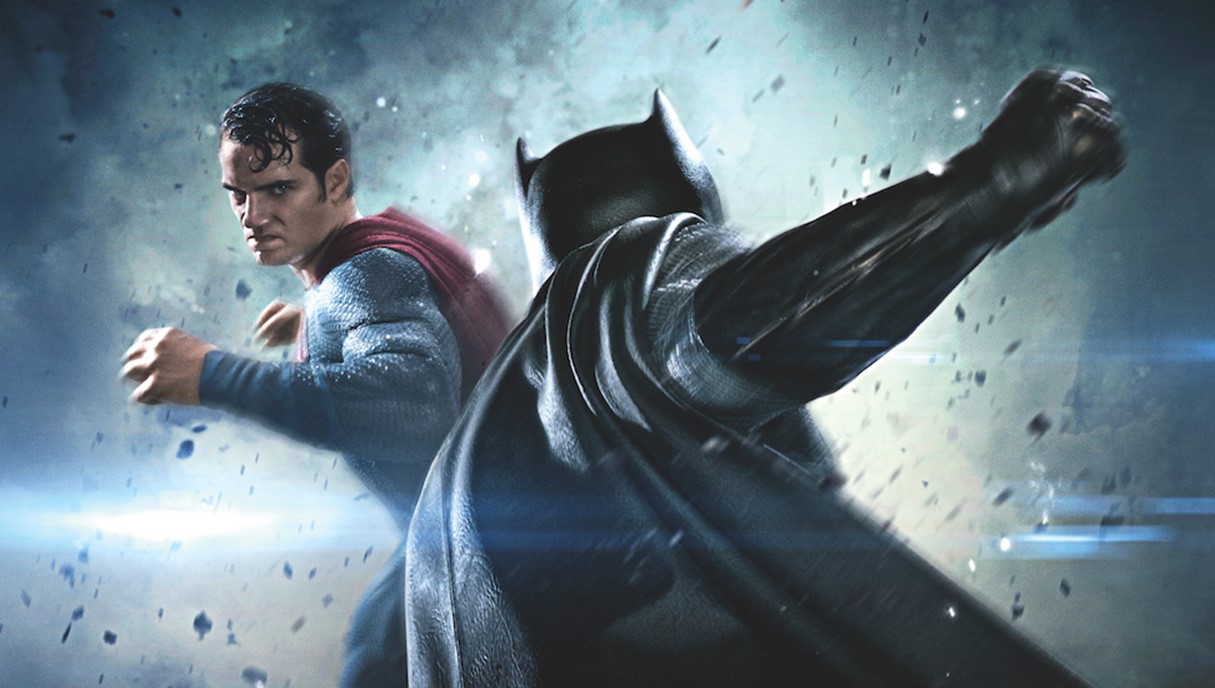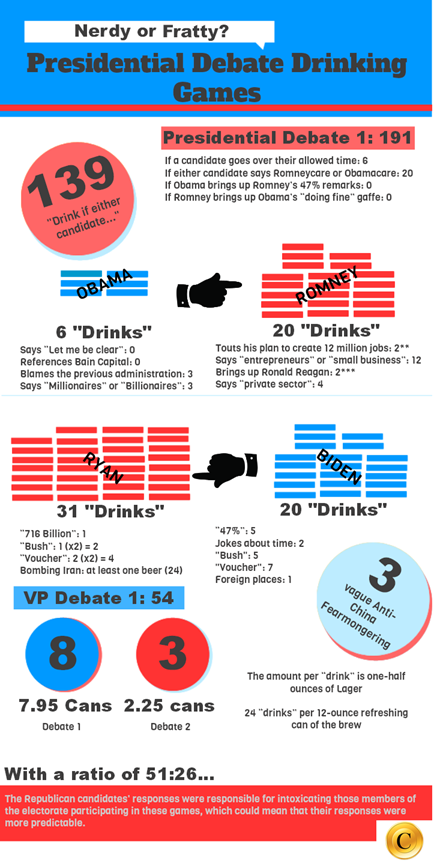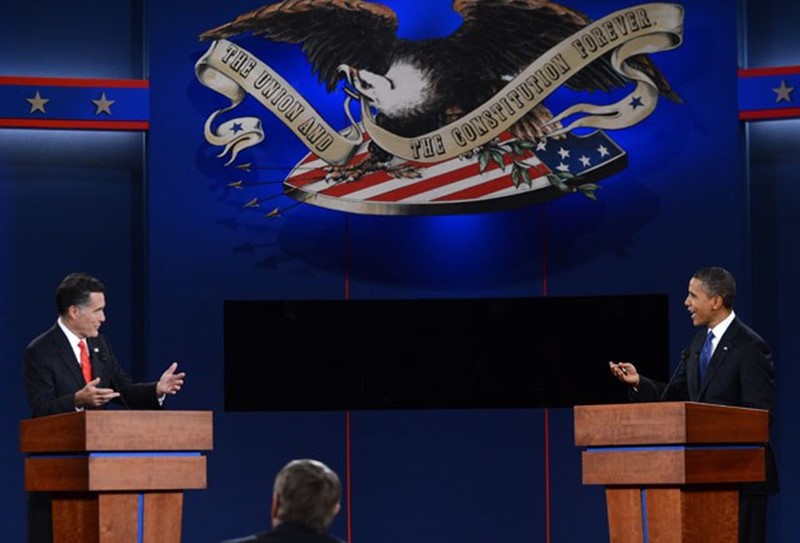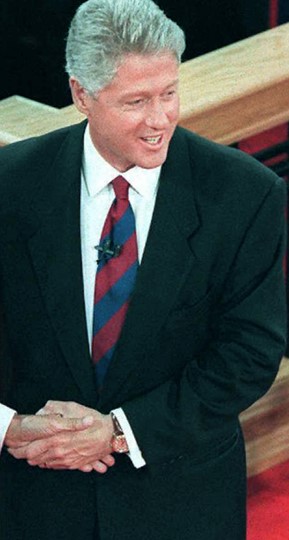Why Do We Even Have A Super Tuesday?
March 2, 2016 in Daily Bulletin

You can expect America’s newsrooms to be focused on the results of yesterday’s “Super-Tuesday” primary elections across the United States. For the dark brooding types questioning the existence of this super-Tuesday, Lily Rothman had some answers:
- States like Iowa, New Hampshire, and South Carolina get a lot of attention by voting early in the election season. Why then do southern states not try to attract some of that attention by having distinct contests?
- Super-Tuesday seems to have gotten its start in the democratic party in the 1980s. By that time the democrats had become the party of the northerners.
- Meanwhile southern states were frustrated with the lack of attention they got from democrats.
- So the states banded together to have their ballots on the same day, early in the election cycle, in the hopes that democratic candidates would pay attention to their states due to the sheer number of votes that would be counted.
- Southerners finally got their wish for a democratic President who drew support from the south when Bill Clinton came along and built crucial momentum after winning super-Tuesday.
Read Centives’ 2016 American Presidential election coverage over here.
And read more about the history of super-Tuesday here.
Source: Time



Join the Discussion! (No Signup Required)